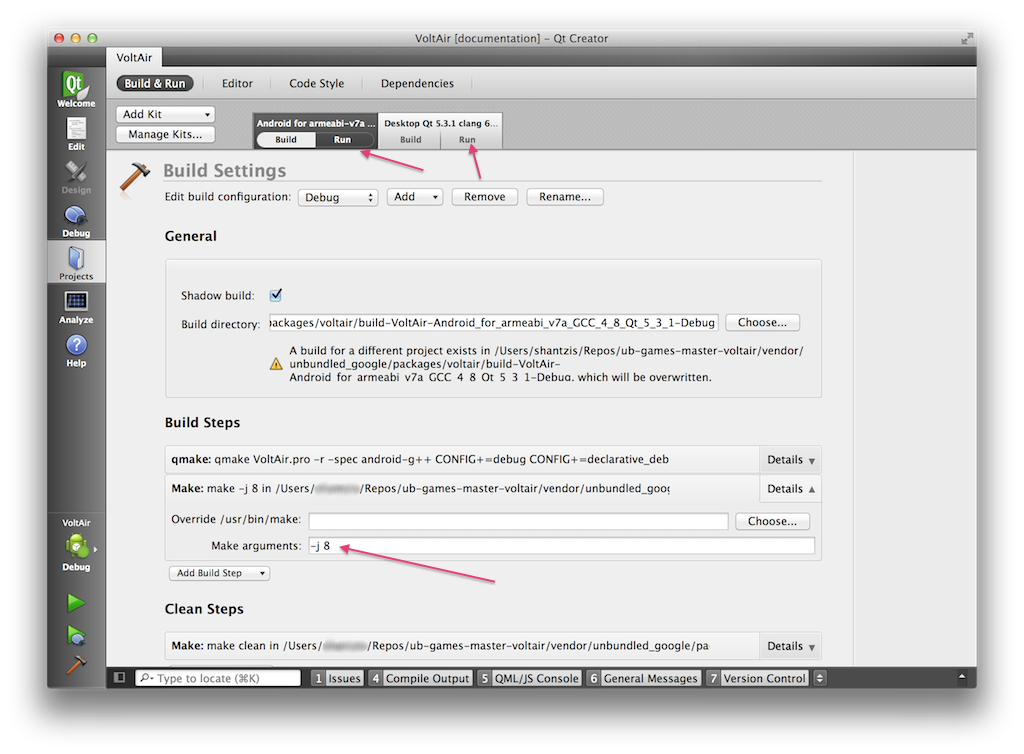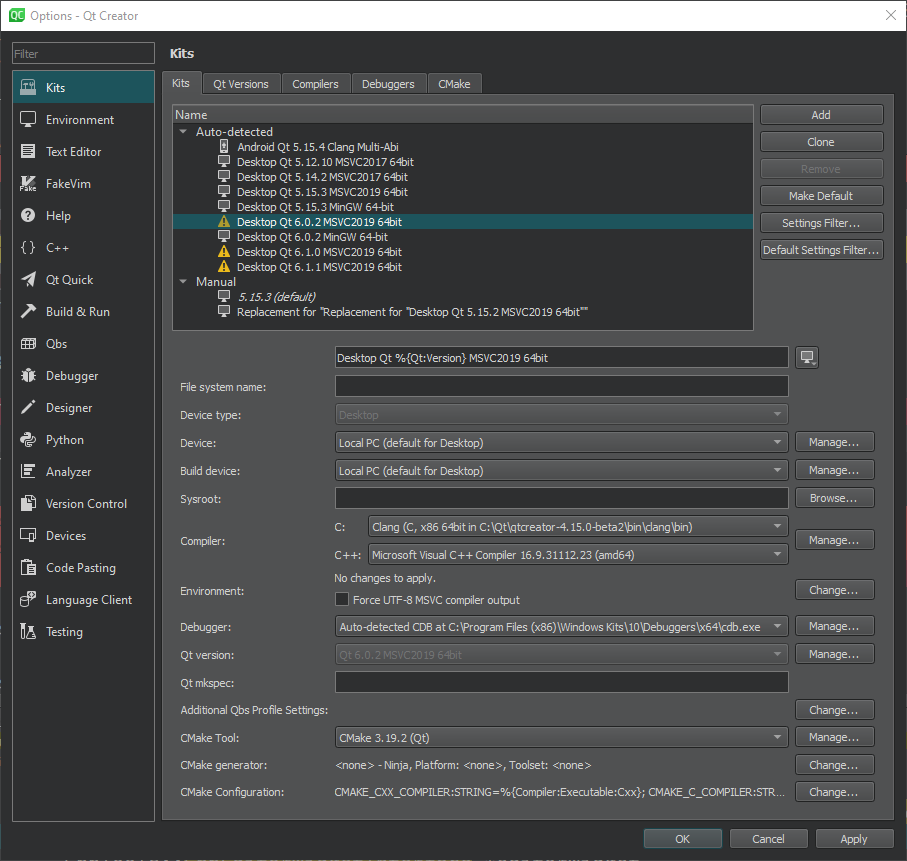

- #QT CREATOR GIT UPDATE#
- #QT CREATOR GIT SOFTWARE#
- #QT CREATOR GIT CODE#
~Plugin() destructor is called in reverse queue order. Return AsynchronousShutdown to make Qt Creator wait until the plugin sends the signal asynchronousShutdownFinished(). Return SynchronousShutdown to notify termination. aboutToShutdown() is called following queue order and what happens next depends on the value returned:. Core::ICore sends the coreAboutToClose() signal. PluginManager sends the initializationDone() signalĪt this stage every plugin should be initialized and fully operational.Ī similar process happens when the application is about to close:. delayedInitialize() is called in reverse queue order and with some delay between each call – this is for non critical initialization to minimize loading time of Qt Creator. 
Core::ICore sends the signal coreOpened().

Then the Qt Creator UI is shown on screen and the second part of the inizialization process begins:
Core::ICore sends the signal coreAboutToOpen(). extensionsInitialized() is called in reverse queue order – use it to access initialized dependencies. initialize() is called following queue order – everything that requires dependencies can be done here. Plugin() constructor is called following queue order. When the application starts, a ll plugins are put in a loading queue according to their dependencies (i.e.: what other plugins they depend on).Īfter that, the first part of the initialization process can begin and for each plugin: Qt Creator plugins have a well defined lifecycle for both startup and shutdown and it’s important you know how things work before creating one. #QT CREATOR GIT CODE#
A class extending a QWidget to populate the content of an option page.ĭon’t worry if things seem a bit abstract now, they will become more clear after going trough the code later. An implementation the Core::IOptionsPage interface for every option page you want in the Qt Creator options dialog (Tools > Options). Something that stores your user settings during execution (like the class Settings). More realistically, you probably need to handle user settings as well, hence you might also need to implement the following classes: In the simplest case, the only class you really need is one that implements the ExtensionSystem::IPlugin interface. 
#QT CREATOR GIT SOFTWARE#
Plugin Structureįrom a software design point of view, a Qt Creator plugin is extremely simple. Some theoryīefore moving to something practical, it’s good to understand few concepts behind plugin design and implementation. Things might change a bit in the future, but hopefully key concepts will stay the same. Creating a plugin for Qt Creator is the best way to extend its functionalities and it’s pretty easy to do as you’re going to learn here.īefore we start, you need to know that everything you will find here is based and tested on Qt 5.14 and Qt Creator 4.11, which are the latest versions at the time of writing. Qt Creator is the official IDE of Qt and one of the most used by C++ developers.
#QT CREATOR GIT UPDATE#
One of the pioneers of the web, VNC, Webcams, and more joins us plus we'll update you on a few projects we love.This article will show you all you need to know to create a Qt Creator plugin in C++. Alps, augmented reality, bitcoin, brunch with brent, cambridge university, chamonix, computer science, dns, dns toys, dr quentin, early days of computing, england, ffmpeg, france, hardware acceleration, ingenuity, intel, itanium, jellyfin, jupiter broadcasting, lady jupes, lightning, linux on mars, linux podcast, linux unplugged, linuxcopter, london, mars 2020, media management, nix, nix-bitcoin, nixos, open source, patents, perseverance, plex, quentin stafford-fraser, raspberry pi, rv, sdsi, self-driving, self-hosting, sherry with brent, t9, umbrel, vnc, webcam








 0 kommentar(er)
0 kommentar(er)
